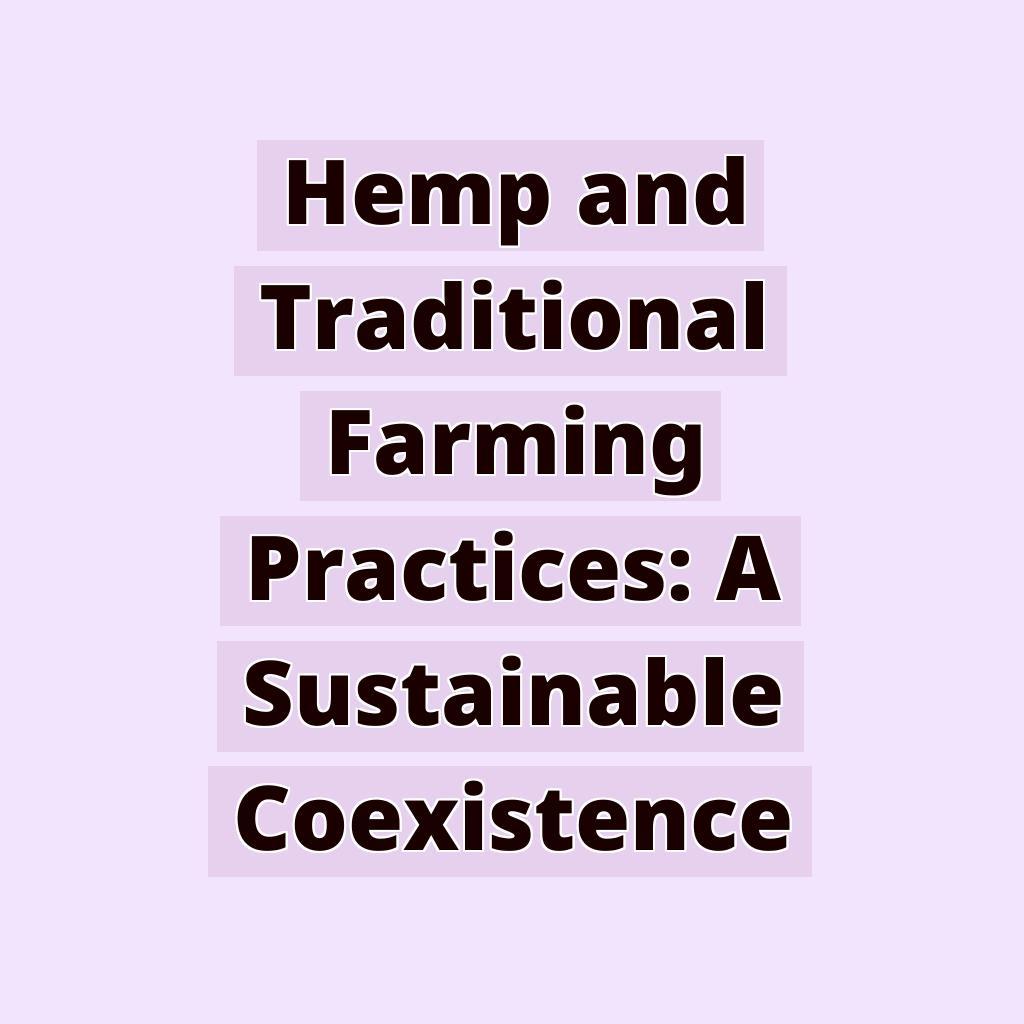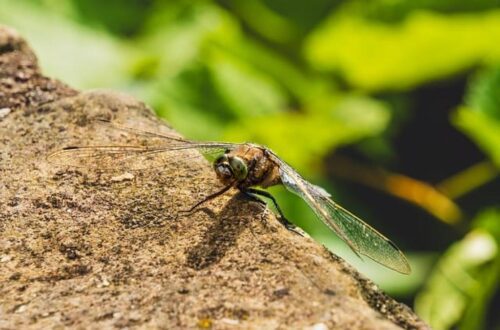Have you ever wondered why hemp has gained so much attention lately? Beyond its versatile uses, hemp holds fascinating secrets within its botanical structure and genetic makeup.
In this post, we will dive deep into the world of hemp, exploring its origins, how it grows, and the unique characteristics that set it apart from other plants. From its sturdy stalks to its chemical compounds, hemp is a marvel of nature and science.
We’ll demystify the complex genetics behind hemp, shedding light on how selective breeding has given rise to the diverse strains we see today. Whether you’re a science enthusiast or a curious newbie, this journey through the science of hemp promises to be both enlightening and enjoyable.
Let’s unravel the mysteries of this extraordinary plant!
The Role of Genetics in Hemp Cultivation
Hemp cultivation is a delicate dance of science and nature, and genetics play a starring role. The genetic profile of a hemp plant determines everything from its size and shape to its resilience and cannabinoid content.
Selective breeding has enabled farmers to enhance specific traits in hemp, like fiber quality for textiles or increased CBD levels for medicinal use. By choosing the best plants to crossbreed, cultivators can create strains optimized for different purposes.
Hemp Varieties and Traits
There are countless hemp varieties, each bred for unique traits. For example, some strains are optimized for stalk strength, ideal for construction materials. Others might be bred for high seed oil content, making them perfect for nutritional supplements.
Understanding these genetic differences is crucial for farmers. It allows them to match the right hemp strain with their specific agricultural goals, climate conditions, and market demands.
Genetic Research and Future Innovations
Thanks to advances in genetic research, we’re unlocking even more potential within hemp plants. Scientists are now able to map the hemp genome, paving the way for innovations such as disease-resistant strains and plants with enhanced environmental benefits.
The role of genetics in hemp cultivation is an evolving field, promising exciting developments that could revolutionize agriculture, industry, and medicine.
Understanding the Principles of Hemp Botany
Getting to grips with the principles of hemp botany is like unlocking the blueprint of one of nature’s most versatile plants. At its core, hemp is part of the Cannabaceae family, which also includes hops, used in brewing beer.
Hemp plants can be male, female, or monoecious, meaning they have both male and female flowers on the same plant. The female plants are typically the ones you’d focus on if you’re after cannabinoids like CBD. They produce the resin-rich flowers where these compounds are concentrated.
Hemp requires good soil health. It thrives in well-drained, loamy soil rich in organic matter. Ensuring your soil maintains a pH level between 6 and 7.5 creates the best conditions for robust growth.
Photoperiodism is another key factor. Hemp plants are sensitive to light cycles, with shorter days signaling them to bloom. This means controlling light can help manage when and how the plants flower, which is crucial for optimizing yield and quality.
Water needs vary depending on the growth stage. Young hemp plants require consistent moisture, while mature plants can be more drought-resistant. However, overwatering can lead to root rot, so careful monitoring is essential.
Understanding these botanical basics is the foundation for successful hemp cultivation. It ensures you’re not just growing plants, but nurturing them in a way that maximizes their potential.
Distinguishing Hemp Varieties Based on Genetics
One of the coolest aspects of hemp is the sheer variety of types available, driven by genetics. Different hemp strains are bred for specific uses, whether it’s for fibers, seeds, or extracting CBD.
Fiber hemp, for instance, produces tall, sturdy plants with long stalks ideal for creating textiles and other materials. These varieties are less resinous and won’t have much in the way of cannabinoids.
Seed hemp, also known as grain hemp, is cultivated for its nutritious seeds. These seeds are packed with protein and make excellent additions to diets or as ingredients in health products. Seed hemp plants tend to be shorter and bushier, focusing their energy on seed production.
Then, there’s CBD-rich hemp, bred specifically for extracting cannabinoids. These strains are carefully crossbred to maximize the production of CBD while minimizing THC levels, keeping it within legal limits.
Thanks to meticulous genetic selection, different hemp strains have unique profiles of cannabinoids and terpenes. Terpenes, by the way, are the compounds that provide the aromatic qualities and also contribute to the plant’s effects and flavors.
By understanding these genetic distinctions, you can choose the right variety of hemp for your specific needs, whether you’re looking to produce textiles, food, or health products. It’s all about getting the right genetic match for your hemp-growing goals.

Exploring the Genetic Factors Influencing Hemp THC Levels
Hemp plants are fascinating when it comes to their THC levels. The amount of THC, the psychoactive compound, is a key differentiator between hemp and its more intoxicating cousin, marijuana. So, what keeps some hemp varieties low in THC?
Role of Genetic Makeup
The answer lies in the plant’s genetic makeup. Specific genes are responsible for the enzymes that convert cannabigerolic acid (CBGA) into either THC or CBD. In hemp, the genes favor the conversion into CBD rather than THC.
Essentially, breeders focus on these genetic traits to ensure their hemp plants stay compliant with legal requirements, typically under 0.3% THC. Through selective breeding, these low-THC traits are passed down from generation to generation.
Influence of Environment
Interestingly, environmental factors can also play a role, but genetics is the primary baseline. Even under ideal growing conditions, a plant’s genetic code determines its capability to produce THC. Stress factors like soil quality, temperature, and water availability can influence the hemp’s chemical profile but won’t override its genetic predisposition.
By concentrating on these genetic factors, cultivators can produce hemp strains that not only meet regulatory standards but also serve specific industrial needs. A wonderful intersection of science, nature, and utility, right?
Genomic Studies Shedding Light on Hemp Evolution
Genomic studies have been a game-changer in understanding the evolution of hemp. By diving deep into the plant’s DNA, scientists are uncovering the history and traits that differentiate hemp from other cannabis varieties.
One of the key revelations from these studies is the identification of specific genes related to fiber quality, seed production, and cannabinoid profiles. These genes have allowed researchers to trace back the plant’s lineage and understand how different strains have been cultivated for varied uses over centuries.
Unraveling Ancestral Origins
Looking into the past, genomic research has highlighted the ancient origins of hemp. It appears that hemp was one of the first plants to be domesticated by humans, primarily for its fibers and seeds. By comparing the genomes of modern hemp with ancient samples, scientists can pinpoint how selective breeding practices have changed the plant to meet human needs.
This evolutionary perspective is not just academic; it has practical implications. By understanding the genetic adaptations that have occurred, breeders can develop new hemp strains that are optimized for today’s agricultural and industrial requirements, ensuring that hemp remains a versatile and valuable crop.
Future Implications
The exciting part is that these genomic insights are not just about understanding the past but also shaping the future. With the ability to edit genes, researchers may soon create hemp varieties that grow faster, resist pests better, or produce more useful compounds.
Epigenetics and Its Impact on Hemp Characteristics
Epigenetics is the study of how behaviors and environmental factors can cause changes that affect gene activity without altering the DNA sequence itself. This fascinating field has opened up new avenues for understanding hemp characteristics.
In the case of hemp, epigenetic modifications can influence a wide range of traits. For example, environmental conditions like soil quality, temperature, and light exposure can trigger epigenetic changes that affect the plant’s growth rate, cannabinoid content, and resilience to pests.
One of the most intriguing findings is that these changes can be passed down to future generations. This means that a hemp plant’s experiences can shape the characteristics of its offspring, giving farmers and breeders another tool to develop strains with desirable traits.
Also, understanding these epigenetic mechanisms can help optimize cultivation practices. By tweaking environmental conditions to induce specific epigenetic changes, growers might be able to produce hemp with higher yields, better quality fibers, or more potent cannabinoids.
In essence, epigenetics adds another layer of complexity—and opportunity—to the cultivation and utilization of hemp. It’s like discovering that the plant has a set of secret instructions that can be unlocked to optimize its performance and utility. How cool is that?
The Future of Hemp Research in Genetics and Botany
The future of hemp research in genetics and botany looks incredibly promising. With advancements in genetic sequencing technologies, scientists can now delve deeper into the hemp genome to better understand its complexities.
Emerging Technologies
Emerging technologies such as CRISPR and other gene-editing tools hold immense potential. These technologies could enable precise modifications to the hemp genome, allowing for the development of tailor-made strains that meet specific demands, whether it’s higher CBD content, better fiber quality, or enhanced pest resistance.
By the same token, the integration of big data and artificial intelligence in research is paving the way for a more comprehensive understanding. By analyzing vast amounts of genetic and environmental data, researchers can identify previously unnoticed patterns and relationships that could be key to further improving hemp cultivation.
Collaborative Efforts
Collaboration between institutions, governments, and private sectors is also on the rise. These partnerships are vital for funding and conducting large-scale studies, which will be crucial in overcoming regulatory and scientific hurdles. With more minds and resources working together, the pace of discovery and innovation is bound to accelerate.
In addition, public interest in sustainable and eco-friendly products continues to grow. This consumer demand is driving more research into how hemp can be used in various industries, from construction to textiles to bioplastics. The potential applications seem nearly endless.
All in all, the future of hemp research in genetics and botany is not just bright; it’s blazing. With each discovery, we’re unlocking new possibilities that could redefine how we use and cultivate this versatile plant. Exciting times are definitely ahead!
The Bottom Line: Uniting Botany and Genetics for the Future of Hemp
To wrap it all up, the future of hemp lies at the intersection of botany and genetics. As we continue to unlock the mysteries of the hemp plant through advanced research techniques, we pave the way for a myriad of innovations.
New genetic tools like CRISPR allow us to fine-tune hemp strains in ways we couldn’t have imagined a few decades ago. These breakthroughs mean better yields, improved quality, and hemp varieties tailored to specific needs, whether medical, industrial, or agricultural.
Collaboration remains essential. As scientists, policymakers, and private companies come together, the potential for significant advancements grows exponentially. This teamwork will help navigate any regulatory challenges that arise and provide the necessary resources for in-depth research.
Consumer demand for sustainable and eco-friendly products is another crucial driver. Hemp’s versatility and environmental benefits make it a top contender for a greener future. More research will open up even more applications, from biodegradable plastics to cutting-edge medical treatments.
In conclusion, the synergy between botany and genetics is crucial for harnessing hemp’s full potential. The journey is just beginning, but with the right focus and collaboration, the possibilities are endless. Let’s look forward to seeing how this incredible plant can transform industries and promote a more sustainable world.
The bottom line? By uniting botany and genetics, we are not just growing plants; we’re cultivating opportunities for a brighter, more sustainable future. Exciting times are not just ahead—they’re already here. Let’s continue to explore, innovate, and grow together.






